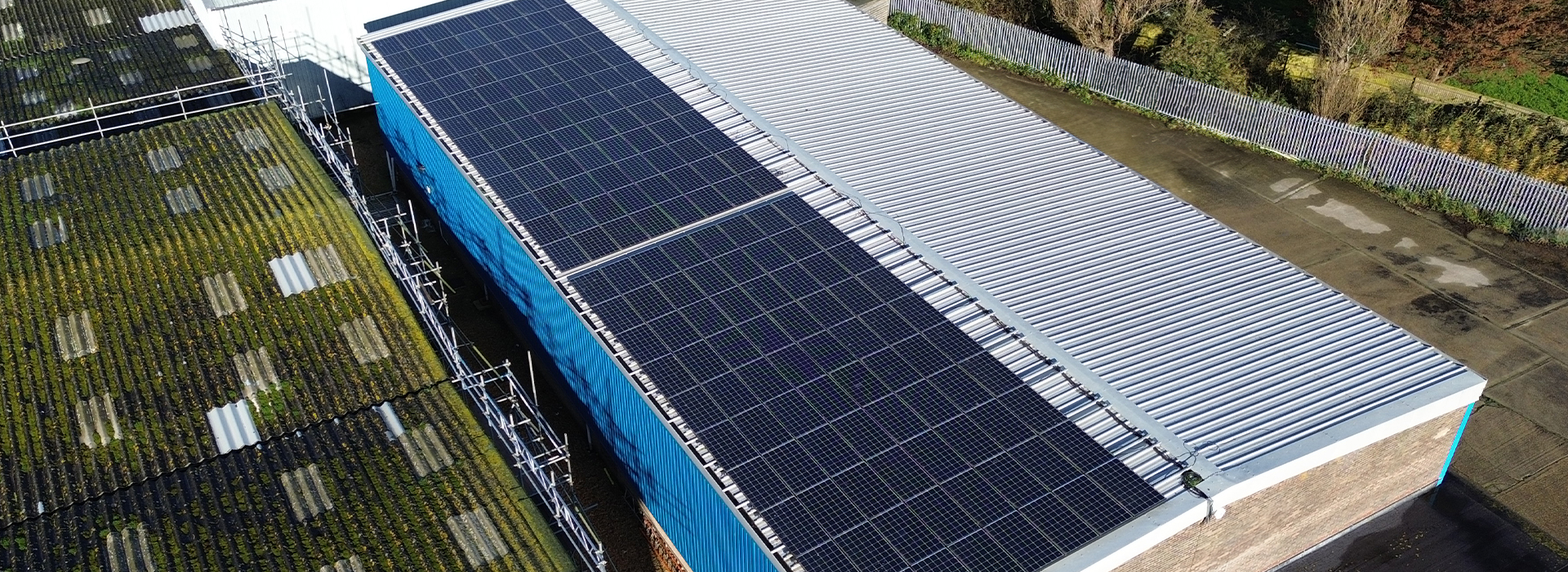Roof safety is a paramount concern in the United Kingdom. Whether you’re a building owner, facilities manager, or a worker who accesses roofs for maintenance or inspections, ensuring a safe environment is crucial. Walkways and gantries on roofs play a vital role in enhancing safety and protecting both people and the roofing structure itself. In this blog post, we will explore the importance and priority of walkways and gantries on roofs in the UK.
Safety Regulations
The UK has stringent safety regulations in place to protect workers and prevent accidents. The Work at Height Regulations 2005 is one of the key legislations governing safety on roofs and at heights. These regulations require employers and building owners to assess the risks associated with working at height and to put measures in place to prevent falls and accidents.
Walkways and gantries are essential components of these safety measures. They provide safe pathways for workers to access and move around on roofs, reducing the risk of slipping, tripping, and falling.
Protecting Workers
The safety of workers should be the highest priority for any responsible employer or building owner. Walkways and gantries on roofs ensure that employees have a stable and secure surface to walk and work on. By providing a designated pathway, you reduce the chances of accidents and injuries, such as falling through fragile roofing materials or stepping on unstable surfaces.
Roof Maintenance
Regular roof maintenance is essential for the longevity of a building. Walkways and gantries make it easier for maintenance personnel to access all areas of the roof without causing damage to the roof structure or posing a risk to themselves. This proactive approach saves money in the long run by avoiding costly repairs and extends the lifespan of the roof.
Compliance with Health and Safety
Compliance with health and safety regulations is not just a legal obligation but also an ethical one. Providing walkways and gantries on roofs is a clear demonstration of a commitment to worker safety. It also shows that you value the well-being of your employees and contractors, fostering a positive work environment.
Protecting the Roof
Roofing materials can be fragile, and the constant foot traffic can lead to damage and degradation. Walkways and gantries help distribute the weight of personnel, equipment, and materials evenly, reducing the risk of structural damage. This preventive measure preserves the integrity of the roof, preventing water leaks, which can lead to costly repairs.
Access for Emergency Services
In the event of a fire or other emergency, easy and safe access to the roof may be crucial for emergency services. Walkways and gantries provide a secure path for firefighters and other responders to reach the roof, enabling them to carry out their duties effectively.
Conclusion
Walkways and gantries on roofs are not just a luxury but a necessity for safety, compliance, and practicality in the United Kingdom. Prioritizing the installation of these safety features demonstrates a commitment to safeguarding workers, prolonging the life of the roof, and meeting legal obligations. With the implementation of walkways and gantries, building owners and employers can ensure a safe and secure working environment for all involved.
Remember, when it comes to roof safety in the UK, investing in walkways and gantries is a decision that benefits everyone – from workers to property owners and the environment.



